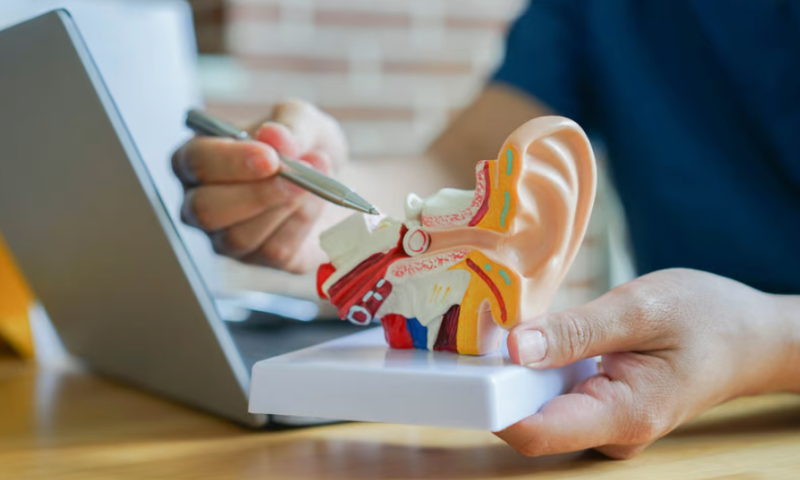After the FDA opened the door to over-the-counter hearing aids last month, Sony is walking through it.
The consumer electronics giant said it plans to provide a device that users can buy, fit and program themselves, without requiring a visit to a hearing specialist. Sony will work with the Denmark-based WS Audiology, and the development of their first product under the Sony brand is already underway, the companies disclosed in their announcement.
The FDA finalized its long-awaited regulatory rule in August to allow adults with mild to moderate hearing loss to purchase certain types of hearing aids online and in retail stores without a prescription—specifically air-conduction amplifiers that don’t require a surgical implant and can be worn in or behind the ear. The rule takes full effect in mid-October.
The agency estimates that as many as 30 million people in the U.S. could benefit from the devices and that currently only about 1 in 5 people who may need a hearing aid are actually wearing one.
Making them available truly over-the-counter—instead of simply direct-to-consumer, a path that companies such as the speaker maker Bose have unsuccessfully tried to walk in the past—aims to address some of the barriers faced by the public.
While the average price of a hearing aid has ranged between $1,000 and $4,000, some state regulations have mandated that hearing aids be bought only from a licensed distributor. Bose recently abandoned its long-running plans to provide a consumer electronics-backed competitor in the hearing aid market, shuttering its healthcare division earlier this year and handing off its technology to Lexie Hearing.
Congress first directed the FDA to pursue an over-the-counter rule in 2017; that call was re-upped last year by the Biden administration with an executive order, and the FDA proposed its new regulations in October 2021.
Since the final rule was announced last month, hearing aid manufacturers such as Eargo, GN Hearing and Nuheara have applauded the change—while making plans to stock their products online and on the shelves of retail giants like CVS, Walgreens and Best Buy.
Denmark-based GN, for example, has already begun to pitch the next wireless hearing aid under its Jabra Enhance Plus brand. It aims to be half the size of its current smallest offering, while also acting as headphones for streaming music and taking phone calls through a connected smartphone. Eargo, meanwhile, plans to expand its commercial footprint, including the addition of “partnered physical locations” to complement its online sales into the next year.
The FDA rule also requires that all OTC hearing aids have a user-adjustable volume control and restrictions on their maximum output to reduce the risks of over-amplification.
“Now the technology needs to catch up to serve this new consumer market,” Maarten Barmentlo, WS Audiology’s chief marketing officer and president of its over-the-counter division, said in a video produced by the company and Sony. The two have set a goal of producing smaller, lighter and more desirable hearing aid devices that offer features expected by today’s consumers
“We should start thinking of it not as an aid but as an enhancement,” said Hajimoto Osamu, Sony’s deputy president of new business and technology development. “We want to use Sony’s expertise in acoustics and miniaturization to design a hearing aid product that people can just pick up and use as naturally as contact lenses.”

